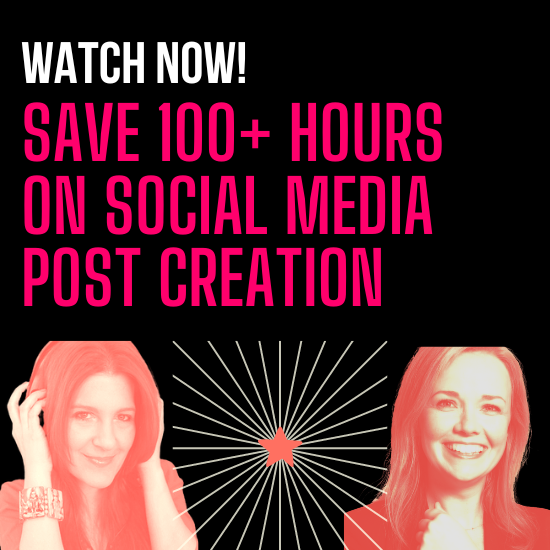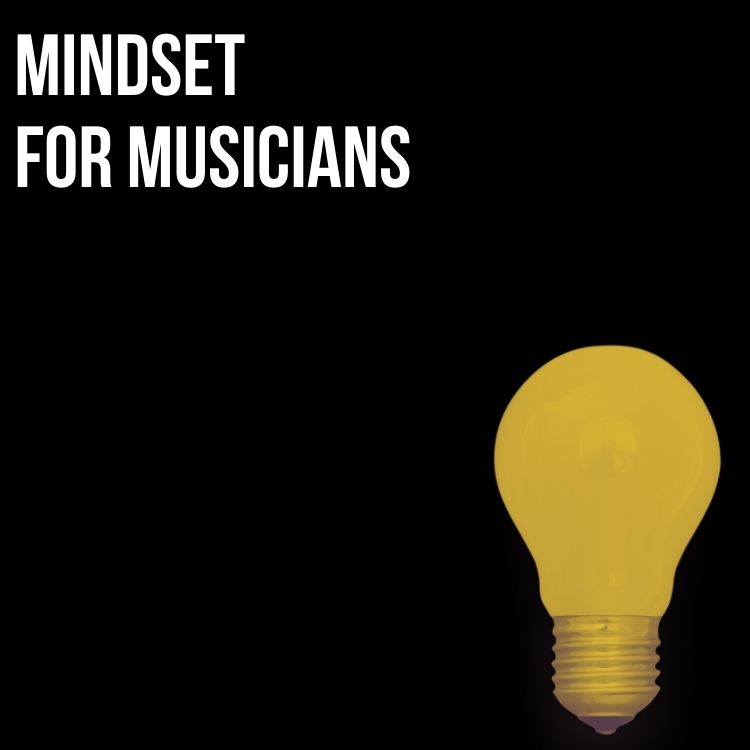
First of all, it’s possible that a video on YouTube can generate as much as between $5,000 and $8,000 per million views. This money comes from the adverts that play before the video, the banners that pop up during the video, or a video in the middle or end of the video. The problem is that the amount you get paid stems from how long the viewer looks at the advert, so it’s really hard to determine the exact amount you make from each view.
The money that’s generated from a video is split 55/45 between you (the artist) and Google, who owns YouTube (you get the 55%). If you start to get a significant flow of views on your channel (on the order of about a million per month), you can sign with a Multichannel Network like Omnia Media or Full Screen to up your split to 80%, plus gain access to a whole range of additional YouTube tools.
In order for you to monetize your videos you must first enable your account for monetization. This is done under the Channel Settings link and then clicking Monetization, at which point you’ll be lead through the registration process (see Figure 1). After your application for Google Adsense (the basis of adding ads to your videos) is confirmed, click on the Start Monetizing Your Videos link and you’ll be taken to your video manager, where you’ll be able to see a list of your uploaded videos.
Figure 1: YouTube Channel Monetization

Now you’re able to select the type of ads and the way they show up in your video (see Figure 2). The first is Overlay in-video ads which loads a transparent ad bar on the lower portion of the video. This is usually the most unobtrusive type of ad, since it allows the user to instantly play your video without having to wait for a commercial to start.
Figure 2: Ad type selections

The ads in your video are chosen automatically based on the context of the video, which includes the demographic of the viewers, the title and metadata, and how you categorize your video. This means that if you have a music video, the ad is probably going to relate to the person who likes music. You’re not able to manually select the type of ads that are inserted at this time.
One of the things about ads is that they appear even if you or someone else embeds your video on another site, which allows you to still generate income even if the video isn’t on a site that you control.
Monetizing your videos is actually a pretty deep subject that can’t totally be adequately covered in a short blog post. You can learn more about making money from your videos and music by checking out my “Turning Your Music Into Cash” program or Social Media Promotion For Musicians book.
 Combining his music and recording experience along with an easy to understand writing style, Bobby has become one of the best selling authors in the music recording industry with 23 books that are now staples in audio recording, music, music business and social media programs in colleges around the world, including the best selling “Mixing Engineer’s Handbook,” “The Recording Engineer’s Handbook,” and “Music 3.0: A Survival Guide For Making Music In The Internet Age.” You can discover more about Bobby and his books, programs and blogs at bobbyowsinski.com.
Combining his music and recording experience along with an easy to understand writing style, Bobby has become one of the best selling authors in the music recording industry with 23 books that are now staples in audio recording, music, music business and social media programs in colleges around the world, including the best selling “Mixing Engineer’s Handbook,” “The Recording Engineer’s Handbook,” and “Music 3.0: A Survival Guide For Making Music In The Internet Age.” You can discover more about Bobby and his books, programs and blogs at bobbyowsinski.com.
12 Days of Monetization is a 12-part series designed to help you make more money. Ariel and team Cyber PR asked 12 of their favorite colleagues to contribute and we hope you enjoy this series.
Looking for more info on YouTube for musicians? Check out Part 5 of Cyber PR’s free course, Social Media House! Click the picture below to get started.

Subscribe for more!
Back to The Blog

















